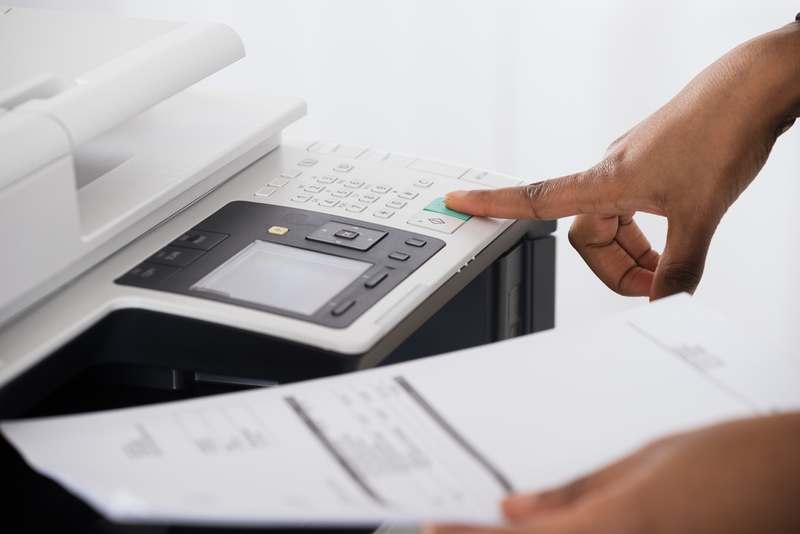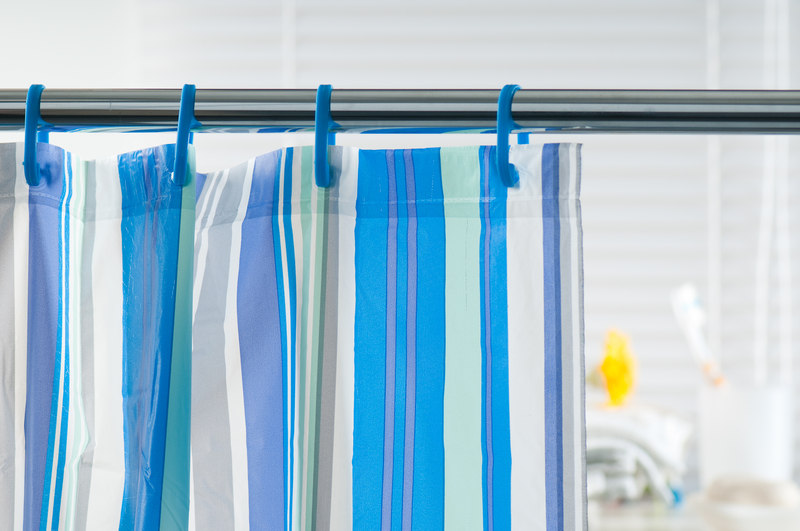Simple Steps for Environmentally Safe PPE Waste Disposal at Home
Personal Protective Equipment (PPE) such as face masks, gloves, and sanitizing wipes, has become a staple in households worldwide, especially since the onset of the COVID-19 pandemic. While these items are critical for personal safety, improper disposal poses significant threats to the environment. In this comprehensive article, we will explore simple yet effective steps for environmentally safe PPE waste disposal at home. Follow these guidelines to create a safer home and a better planet.
Why Environmentally Friendly PPE Disposal Matters
Disposing PPE responsibly is vital to limit the impact of single-use plastics and hazardous materials on our ecosystems. Traditional disposal methods can introduce pollutants, clog water systems, and endanger wildlife. By adopting green PPE waste management techniques, you can minimize these risks and contribute positively to environmental conservation.
- Protects local wildlife from ingesting or becoming entangled in PPE waste
- Reduces landfill overflow and pollution from plastics
- Prevents toxins from entering soil and waterways
- Increases awareness about sustainable waste practices

Understanding Different Types of PPE and Their Environmental Impact
Before diving into eco-friendly disposal methods, it's crucial to understand the common types of PPE found at home and their potential threats to the environment:
- Disposable Face Masks - Often made from polypropylene, a plastic that doesn't biodegrade easily and can remain in the environment for hundreds of years.
- Disposable Gloves - Mostly crafted from latex, nitrile, or vinyl. While latex is biodegradable, the other materials are not.
- Sanitizing Wipes - Typically contain plastics and chemicals harmful to marine life if not disposed of properly.
Key Environmental Hazards from PPE Waste
- Microplastics: Break down into tiny particles contaminating soil and water.
- Chemical Pollution: Leachates from materials impact plant and animal life.
- Wildlife Threats: Animals might mistake small PPE pieces for food.
Step-by-Step Guide: Environmentally Safe PPE Waste Disposal at Home
Adopting sustainable PPE waste disposal methods at home doesn't have to be complicated. Here's a stepwise guide to ensure your efforts are making a difference.
1. Segregate PPE Waste From Regular Trash
- Use a designated PPE disposal bin at home, with a secure lid, separate from your household garbage.
- Never dispose PPE in recycling bins, as it contaminates recyclable materials and poses health risks to workers.
- Clearly label the bag or container as 'PPE Waste' for safe identification.
2. Prepare PPE Waste for Disposal
- Sanitize used PPE items with a disinfectant spray or solution before disposing of them. This can help reduce the risk of viral or bacterial contamination.
- Allow sanitized items to air dry before placing in the waste container to avoid mold growth.
3. Double Bag PPE Waste
- Always double-bag PPE items to prevent leaks or accidental exposure.
- Use thick, puncture-resistant bags and knot securely.
4. Dispose of PPE Waste Responsibly
- Place the double-bagged PPE waste in your main household trash (not recycling).
- On collection day, ensure the bag is sealed and positioned safely for pickup workers.
- Avoid overfilling bins, which can lead to spillage or littering.
5. Explore Local Disposal Programs and Guidelines
- Check with local authorities for special PPE disposal or hazardous waste collection programs.
- Some areas provide specific drop-off locations or scheduled pickups for medical or contaminated waste.
- Follow regional regulations for PPE disposal to maximize environmental safety.
6. Avoid Flushing PPE Items
- Never flush masks, gloves, or wipes down the toilet. PPE can block pipes and contribute to "fatbergs" and sewage overflows.
- Even products labeled "flushable" may not disintegrate and often cause environmental harm.
Alternative Solutions: Reducing PPE Waste at Home
While safe disposal is essential, minimizing PPE waste at the source is equally important. Here's how you can reduce your household's environmental footprint:
Opt for Reusable PPE Where Possible
- Use cloth masks that can be washed and reused, reducing the need for disposables.
- Choose reusable gloves for cleaning tasks, sanitized after each use.
Compostable PPE Products
- Seek out biodegradable PPE options made from natural fibers.
- Compostable masks and gloves can be added to your home compost, provided they don't contain synthetic materials.
Buy in Bulk and Reduce Packaging Waste
- Purchase PPE in larger quantities to cut down on single-use packaging.
- Recycle or reuse packaging materials when possible.
Educate Your Household
- Teach children and adults in your home the importance of proper PPE waste handling.
- Assign clear responsibilities for segregating and disposing of PPE correctly.
Environmental Benefits of Proper PPE Disposal Practices
Making environmentally friendly choices with your PPE disposal offers a broad range of benefits:
- Cleaner local environments free of hazardous waste.
- Healthier waterways, preventing contamination of drinking water and aquatic life.
- Reduced landfill burden and increased lifespan of landfill sites.
- Protection for waste management workers from infectious material.
- Contribution to global sustainability goals and reduction of your household's carbon footprint.
Frequently Asked Questions About PPE Waste Disposal at Home
Can disposable masks and gloves be recycled?
Unfortunately, most disposable masks and gloves are not recyclable through curbside programs due to the materials they're made from and potential contamination. Always place them in your household trash.
How should I dispose of PPE if someone in my household is ill?
Extra care should be taken, including double-bagging, sanitizing exterior surfaces of the bags, and waiting at least 72 hours before placing bags out with your regular waste (if recommended by local health authorities).
Are there any reusable PPE options?
Yes, cloth face masks and some forms of gloves are reusable after proper cleaning. Make sure to follow manufacturer's instructions for safe sanitation.
What should I do with used sanitizing wipes?
Always dispose of used wipes in your general waste bin. Never flush wipes, even those marked as "flushable," to prevent plumbing and environmental issues.
Inspiration: Home Initiatives Making a Difference
Around the globe, households are leading by example, adopting creative and eco-friendly approaches to PPE waste management:
- Neighborhood PPE waste collection drives that encourage proper disposal.
- Home composting projects with biodegradable mask alternatives.
- Reusable mask sewing workshops to minimize one-time-use PPE.
Take the initiative to lead similar efforts in your area, spreading awareness and providing resources for safe waste handling.

Conclusion: Take Action for a Cleaner Future
Environmentally safe PPE waste disposal at home begins with small but impactful steps. By following the simple methods outlined in this article, you not only safeguard your household but also help preserve delicate ecosystems. Let's all commit to responsible disposal and reduction of PPE waste, supporting a cleaner and healthier planet for future generations.
Quick Checklist: Eco-Friendly PPE Waste Disposal
- Segregate PPE waste from other trash
- Sanitize used items before disposal
- Double-bag and seal tightly
- Educate all household members
- Never flush PPE down the toilet
- Participate in local programs if available
- Choose reusables and buy sustainably
Further Reading & Resources
- EPA Guidelines for Disinfecting Buildings & Facilities
- World Health Organization PPE Disposal Advice
- Centers for Disease Control and Prevention COVID-19 Resources
Do your part - adopt safe and green PPE disposal habits today!